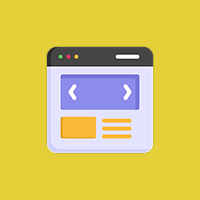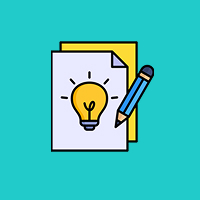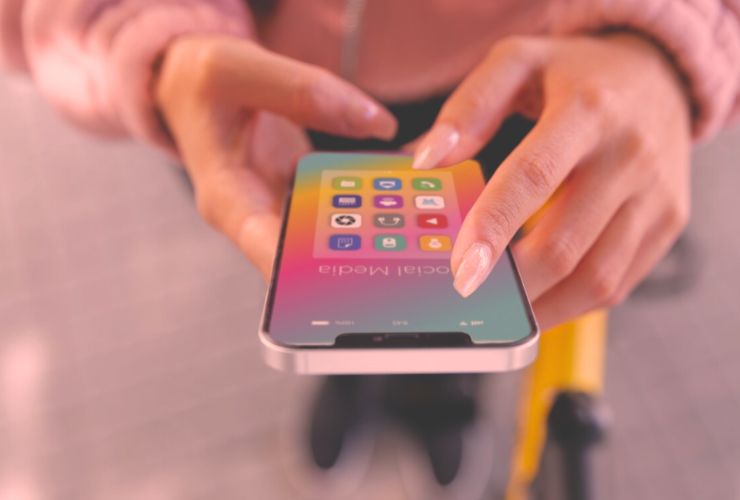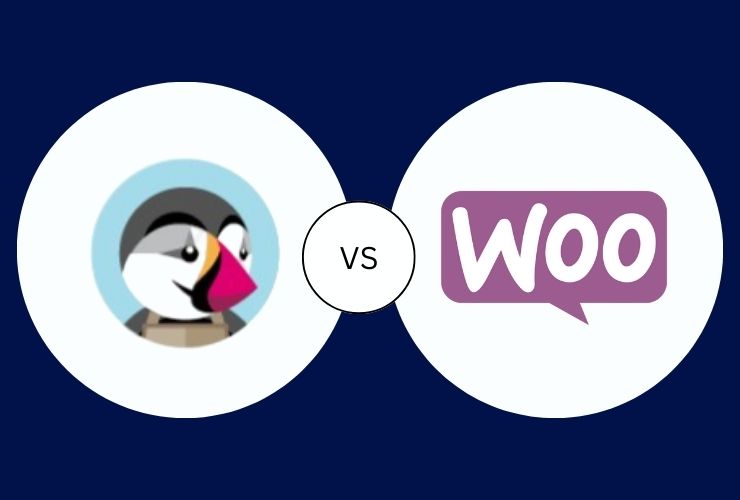In the ever-changing mobile design landscape, staying current with nascent UI trends is not merely an aesthetic problem—it’s about designing smooth, immersive, and clean user experiences. As Apple continues to refine its iOS design tenets and users’ expectations become more cutting-edge by the hour, designers and developers need to keep current with what’s trending, what’s outdated, and what’s around the bend.
This year, iOS UI design is seeing a shift toward simplicity, interactivity, and immersive user experiences. Whether you’re building a new app from scratch or planning a redesign, understanding these trends can help your app stand out in a competitive market and deliver maximum impact.
Here are the top iOS UI design trends every developer should be watching this year.
1. Minimalism Meets Functionality
Minimalist design continues to dominate, but this time, it’s not so much about white space and flat designs—it’s more about clean, usability-driven interfaces. Developers are focusing on designs that are minimalist in distractions but maximal in primary actions.
- Simplified navigation structures
- Fewer colors, deeper contrast
- Type that functions, not merely looks
Minimal UI doesn’t equate to dull—it equates to putting what users actually need first.
2. Microinteractions for Better Feedback
Microinteractions are minor animations or visual cues guiding users through an experience. They’re playing an increasingly important part in iOS UI as they support usability and happiness.
- Subtly animating button presses
- Swiping feedback and gesture effects
- Instant response to user input
Thoughtfully designed microinteractions imbue the app with a sense of life and liveliness, calling for more participation.
3. Dark Mode Optimization
Apple first introduced Dark Mode to iOS in 13, yet the majority of apps are still unable to get it done. In 2024 and beyond, Dark Mode compatibility is not a nice-to-have—it’s necessary.
Factors include:
- Adjustment of color and contrast to avoid eye fatigue
- Utilizing system color schemes for adaptability
- Legibility regardless of light or dark theme
- Blending light/dark theme transition creates user experience more relaxed and reflects attention to detail.
4. Neumorphism with Depth
Neumorphism (or soft UI) is back—enhanced with usability. Designers now apply discreet shadows and lighting effects to create elements that feel tactile yet do not lose clarity.
Apply it in moderation to:
- Draw attention to CTAs (call-to-action buttons)
- Make cards or sliders feel more realistic
- Add depth without over-complicating
- Everything is about balance. More about subtle layering than flashy textures.
5. Voice-Activated Interfaces and Accessibility
As voice interfaces become increasingly a part of the iOS experience (hi, Siri), voice UI-enabled apps are flying off the shelves. Furthermore, Apple continues to push accessibility, and accessible design is mainstreaming.
- Voice search and voice navigation
- Dynamic type support
- High-contrast modes and haptic feedback
- Making your UI accessible isn’t only good practice—it can also grow your user base exponentially.
6. Gesture-Based Navigation
The home button is long gone, and gesture interfaces rule the day. Developers need to design with native gestures to offer effortless navigation across devices.
Trends are:
- Swipeable content cards
- Pull-to-refresh with elastic animation
- Edge-swipe transitions and shortcuts
- Gestures have to be natural and easily discoverable, especially for new users.
7. Customizable UI Components
Personalization is also emerging as a top priority for app design. Apps that allow users to personalize their interfaces—e.g., reorder layouts, themes, or features—allow them to feel more in control.
Top use cases:
- Reconfigurable dashboard layouts
- Favorite features on home screens
User-set themes and icon sets
It’s all about giving control to the user without sacrificing iOS Human Interface Guidelines consistency.
8. Integration of AR and 3D Elements
Augmented Reality (AR) has always been a target area for Apple, and with technologies such as ARKit, iOS apps are increasingly adding AR capabilities and 3D visuals.
Examples:
- Virtual try-ons (beauty, retail)
- Interactive 3D product previews
- AR navigation and guides
These immersive functions are no longer new—they’re becoming the standard in certain app categories.
9. Fluid Animations and Transitions
Smooth, fluid animations help guide the user from one screen to another, reinforcing action and reducing friction. This year, we’re seeing more emphasis on real-time, physics-based animations that feel intuitive and lifelike.
Think:
- Animated page transitions
- Interactive loading screens
- Progress feedback animations
When done right, animations feel like part of the UI—not just visual flair.
10. Consistency with Apple’s Human Interface Guidelines
While trends come and go, one thing that never goes out of style: following Apple’s HIG (Human Interface Guidelines). That way, your app will look like it belongs on iOS and leads to better App Store approvals.
Best practices:
- Use native elements whenever possible
- Show respect for spacing, font sizes, and navigation conventions
- Use dynamic type and screen adaptability (including iPad and Dynamic Island on iPhone)
- Staying current with UI design trends never gets old—it’s the foundation of every successful iOS design.
Final Thoughts
Staying current with UI design trends isn’t about staying current with fads—it’s about staying current with user expectations and Apple’s ecosystem. As iOS continues to evolve, so must our method of designing for it.
By adopting the latest trends in minimalism, motion, personalization, accessibility, and interaction design, developers can create modern, delightful experiences that stand out on the App Store and keep users coming back.
Whether you’re launching a new app or refreshing an existing one, now’s the time to modernize your UI for the year ahead.
Contact Us Today









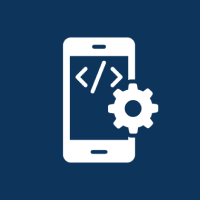



 Database Development
Database Development

































